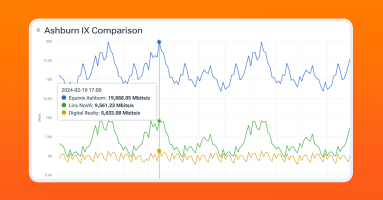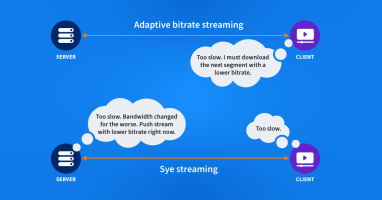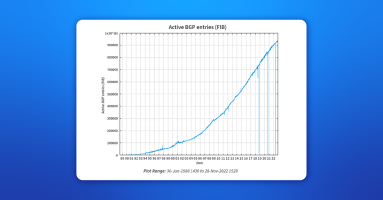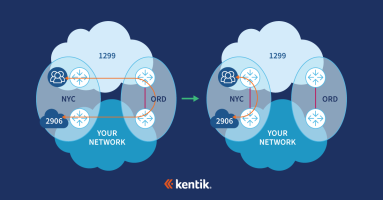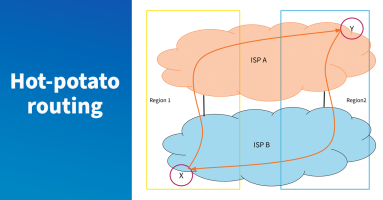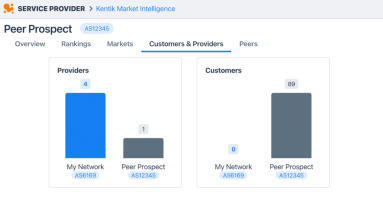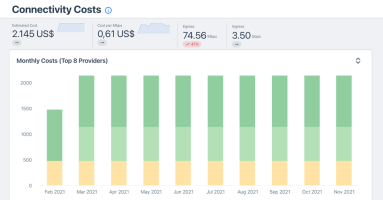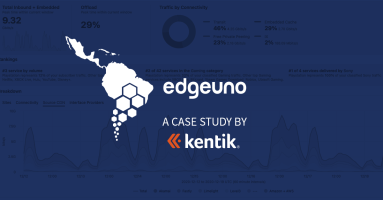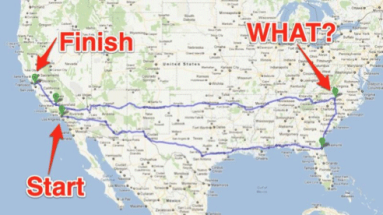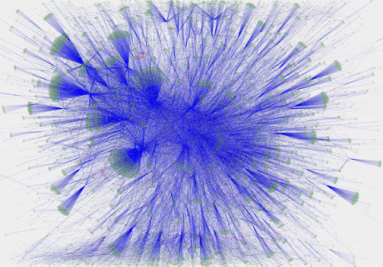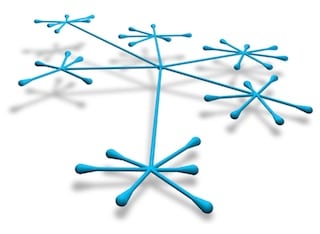Kentik Blog: Peering and Transit
























Kentik users can now correlate their traffic data with internet exchanges (IXes) and data centers worldwide, even ones they are not a member of – giving them instant answers for better informed peering decisions and interconnection strategies that reduce costs and improve performance.
Live sports have moved to the internet and are now streaming instead of being broadcast. Traditional streaming protocols have a built-in delay that challenges the experience of a live game. Amazon Prime has found a solution by combining a new protocol with a very distributed CDN.
Peering evaluations are now so much easier. PeeringDB, the database of networks and the go-to location for interconnection data, is now integrated into Kentik and available to all Kentik customers at no additional cost.
In this post, Nina Bargisen explores how peering coordinators can use combined NetFlow and BGP analysis tools to work around different capacity upgrades when money or delivery times pose a challenge.
A critical milestone in any peering relationship is the business review; and when it comes to business reviews, it’s all about preparation. Learn how Kentik can help.
In part four of our series, you’ll learn how to find the right transit provider for your peering needs.
In part three of our series, you’ll see how to improve CDN and peering connectivity. Learn about peering policies and see how to use data to support your peering decisions.
In part two of our peering series, we look at performance. Read on to see how to understand the services used by your customers.
Just in time for Valentine’s Day, we’re announcing our newest labor of love: Kentik Market Intelligence (KMI), a new product that spells out the internet ecosystem.
In this blog series, we dive deep into the peering coordinator workflow and show how the right tools can help you be successful in your role. In part 1, we discuss the economics of connectivity.
Read how this leading internet services provider in Latin America uses Kentik for peering and capacity planning and a real-time view of performance and availability throughout the network.
Last month at DENOG11 in Germany, Kentik Site Reliability Engineer Costas Drogos talked about the SRE team’s journey during the last four years of growing Kentik’s infrastructure to support thousands of BGP sessions with customer devices on Kentik’s multi-tenant SaaS (cloud) platform.
Learn how enterprise video communications leader, Zoom, uses Kentik for network visibility, performance, peering analytics and improved customer support. Zoom’s Alex Guerrero, senior manager of SaaS operations, and Mike Leis, senior network engineer, share how they use Kentik to help Zoom deliver “frictionless meetings.”
Without package tracking, FedEx wouldn’t know how directly a package got to its destination or how to improve service and efficiency. 25 years into the commercial Internet, most service providers find themselves in just that situation, with no easy way to tell where an individual customer’s traffic exited the network. With Kentik Detect’s new Ultimate Exit feature, those days are over. Learn how Kentik’s per-customer traffic breakdown gives providers a competitive edge.
Traffic can get from anywhere to anywhere on the Internet, but that doesn’t mean all networks are directly connected. Instead, each network operator chooses the networks with which to connect. Both business and technical considerations are involved, and the ability to identify prime candidates for peering or transit offers significant competitive advantages. In this post we look at the benefits of intelligent interconnects and how networks can find the best peers to connect with.
By mapping customer traffic merged with topology and BGP data, Kentik Detect now provides a way to visualize traffic flow across across your network, through the Internet, and to a destination. This new Peering Analytics feature will primarily be used to determine who to peer (interconnect) with. But as you’ll see, Peering Analytics has use cases far beyond peering.
